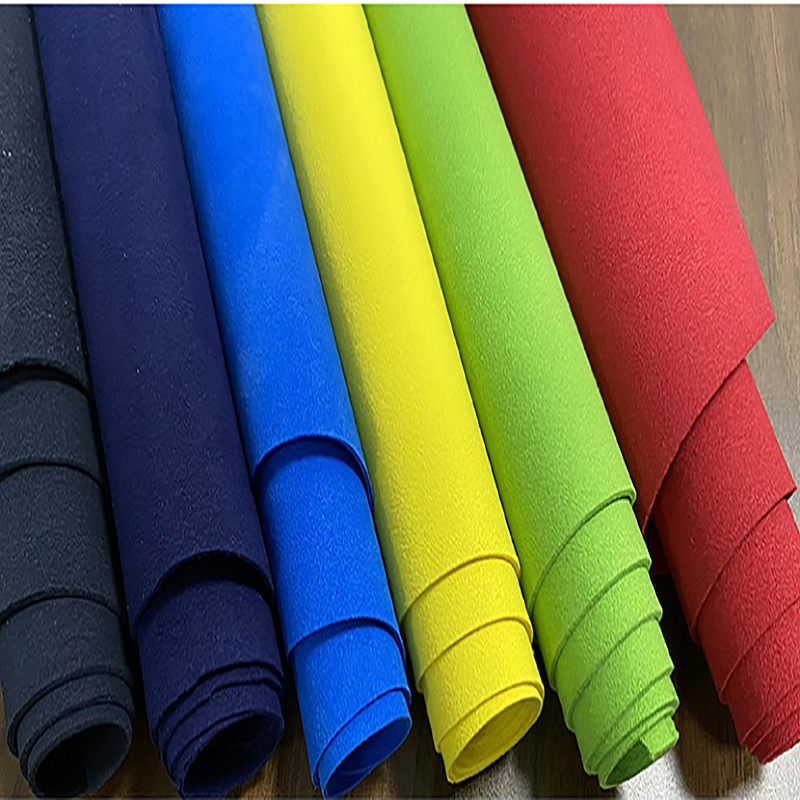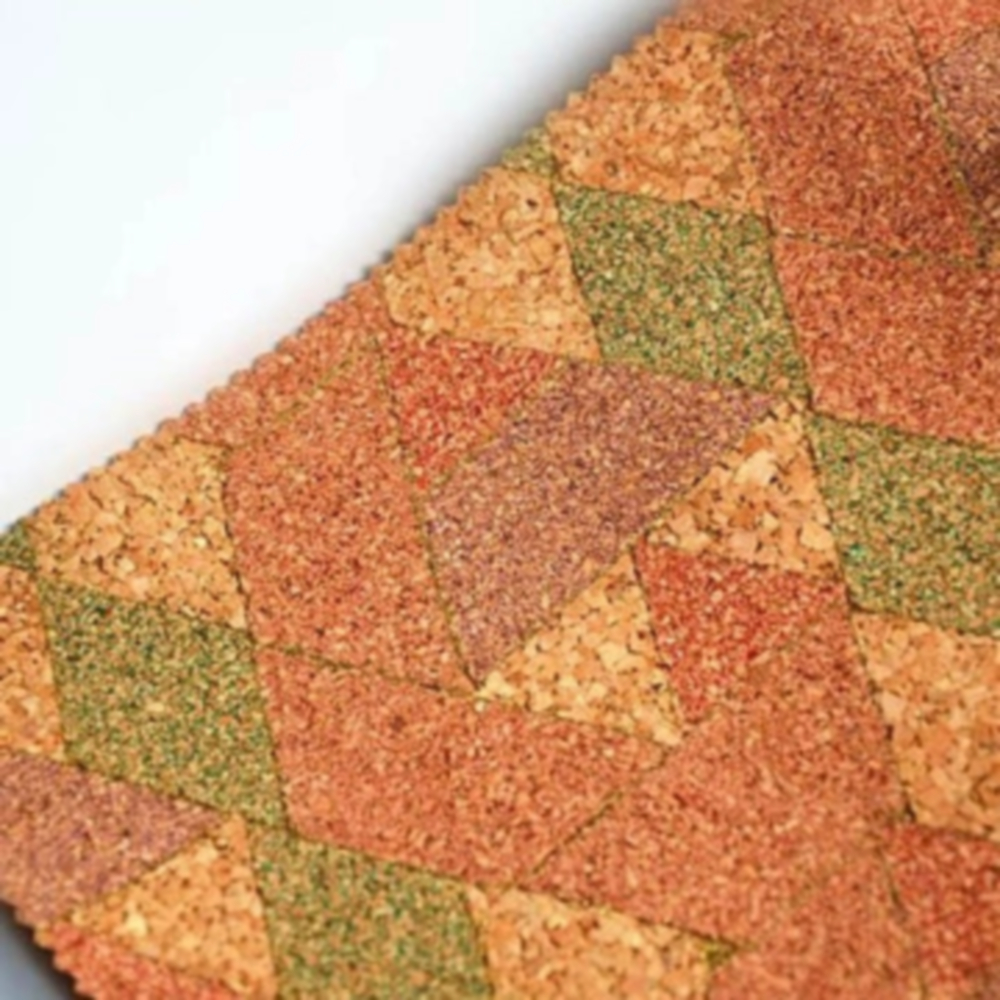
Privacy statement: Your privacy is very important to Us. Our company promises not to disclose your personal information to any external company with out your explicit permission.
DONGGUAN SHENGYUAN INDUSTRIAL CO,.LTD.
The European Federation of Tannery Associations (COANCE), the International Tannery Committee (ICT), the Natural Leather Fund, the International Leather Trade Association (ICHSLTA) and the American Leather Trade Association (Skins and Leather Traders' Associations) represent the world's leather industry on leather The promotion of alternative materials to replace leather issued a joint statement stating the following:
The pursuit of sustainable development is very necessary. Leather is a durable, biodegradable material made from renewable by-products produced by other industries. It is unfounded to regard it as an unsustainable material. Especially when compared with emerging materials that are mainly made from petrochemicals.

Globally, the tanning industry purchases at least 8 million tons of raw hides from the food industry every year and processes them into leather materials. If there is no processing and production in the leather industry, 8 million tons of hides will become garbage and be landfilled or incinerated. Destroying rather than using these hides will generate approximately 5 million tons of greenhouse gases. Therefore, the recovery and recycling of hides in the leather industry reduces greenhouse gas emissions while creating a valuable and versatile product.

The market provides enough space for different material choices. However, the leather industry cannot tolerate those substitutes that imitate the properties of leather while slandering the image of leather while promoting its so-called sustainability.
--Alternative Materials cannot denigrate the image of leather while mimicking its properties

Privacy statement: Your privacy is very important to Us. Our company promises not to disclose your personal information to any external company with out your explicit permission.

Fill in more information so that we can get in touch with you faster
Privacy statement: Your privacy is very important to Us. Our company promises not to disclose your personal information to any external company with out your explicit permission.